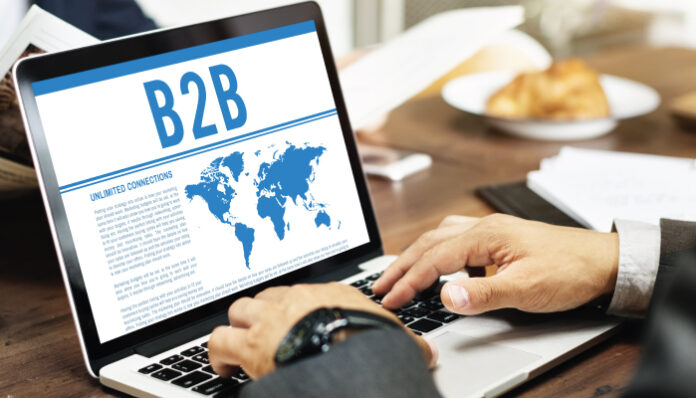For B2B businesses, Trade shows are one of the most efficient ways to create brand awareness of their products and services to potential customers and other industry veterans.
Trade associations usually sponsor trade shows, which provide an opportunity to create revolutionary changes throughout the industry. These trade shows are a perfect platform for showcasing their products or services and offer an opportunity to exchange ideas with people with common preferences and expertise. Participating in a trade show will enable B2B marketers to target a large set of target audiences in a relatively shorter period. Many businesses allocate huge resources, budgets, and efforts to market its product or service in exhibitions and other marketing channels.
B2B tradeshows are effective platforms that help to create a positive brand image and increase the high-quality leads in the sales funnel. Even though participating in and exhibiting B2B products and services has tremendous potential, many organizations cannot set and calculate measurable objectives, select the right trade show, and execute extensive research, planning, and strategizing to achieve the desired goals.
The Rewards and Pitfalls of B2B Trade Shows
A few benefits of participating in a trade show are increased brand awareness, a better understanding of the business’s industry, and generating high-quality leads for strategic business alliances and potential future clients. The Pitfalls of B2B trade shows are the cost and risks of participating in an event. Participating in a trade show can be expensive and harm the organization’s marketing efforts if not organized effectively. Before participating in a trade show, business decision-makers need to consider all the required costs and all the potential benefits as much as possible.
Also Read: Staying Ahead of the Curve in B2B Tech Marketing
It is crucial to evaluate if the cost outweighs the possible benefits of developing personal relationships with industry veterans and identifying new prospects. What media presence they will get by participating in that event should be analyzed to ensure more reach. CMOs should consider whether they will get better results if they invest the same amount on other lead-generation strategies like search engine marketing, email campaigns, and webinars. If yes, investing in a tradeshow will not help businesses get the needed exposure.
Organizations with a restricted budget that would limit them from enforcing inbound and outbound marketing strategies can refrain from participating in such events. It would not make sense to allocate a huge marketing budget to one event where achieving results can be difficult. Enterprises with higher invoice pricing and know if the right target audience is attending the event can consider taking the risk. Enterprises with the best B2B trade show road map are reaping the benefits through their investments. Here is an efficient B2B trade show road map that businesses can consider to ensure success:
Pre-trade Show Strategies
B2B organizations should promote their presence at the trade show through the website, email newsletters, social media, and other channels. Marketers must ensure that all these pre-trade show marketing strategies have one common call to action that generates more visitors to the booth or fixes a meeting. The aim of the marketing teams during this phase should be to create awareness as much as possible by engaging the target audience before the event. Business decision-makers can embrace 5-6 touch points to interact and engage with the customers to get optimal response rates.
During the Trade Show
Marketers must ensure they drive as much traffic as possible to their booth. One of the most effective ways to drive more traffic to the booth is by delivering a trade show experience that creates a buzz. The trade show experience should be so experiential, engaging, and exceptional that one visitor that visits the booth should tell other attendees about it. B2B marketers can leverage a perfect amalgamation of print and digital strategies to lure the attendees to the booth. Gamifying the experience can help organizations create a competitive edge and deliver a superior experience that matters. Moreover, integrating augmented reality (AR) and virtual reality (VR) to engage with potential buyers at the trade show will ensure success.
Also Read: B2B Marketing Automation
Post-trade Show Strategies
Once the trade show is over, B2B marketers must take consistent follow-up. Businesses must add the leads gathered during the trade show to their lead nurturing funnel to engage with them after the event. Organizations can leverage all the data gathered during the trade show to build initial engagement strategies. One crucial aspect businesses should consider is not overdoing in the initial interactions. B2B marketers should follow up with the visitors who visited the booth at the event and the prospect who could not attend the event. Organizations also can engage with current clients and update them on what they did at the event. Create and share a press release about all the product or update launches done at the event.
B2B enterprises must design and execute a bigger B2B trade show campaign that includes strategies to execute before, during, and after the trade shows. Developing the best B2B trade show roadmap will help organizations to achieve desired outcomes and increased ROI.
For more such updates follow us on Google News TalkCMO News.






